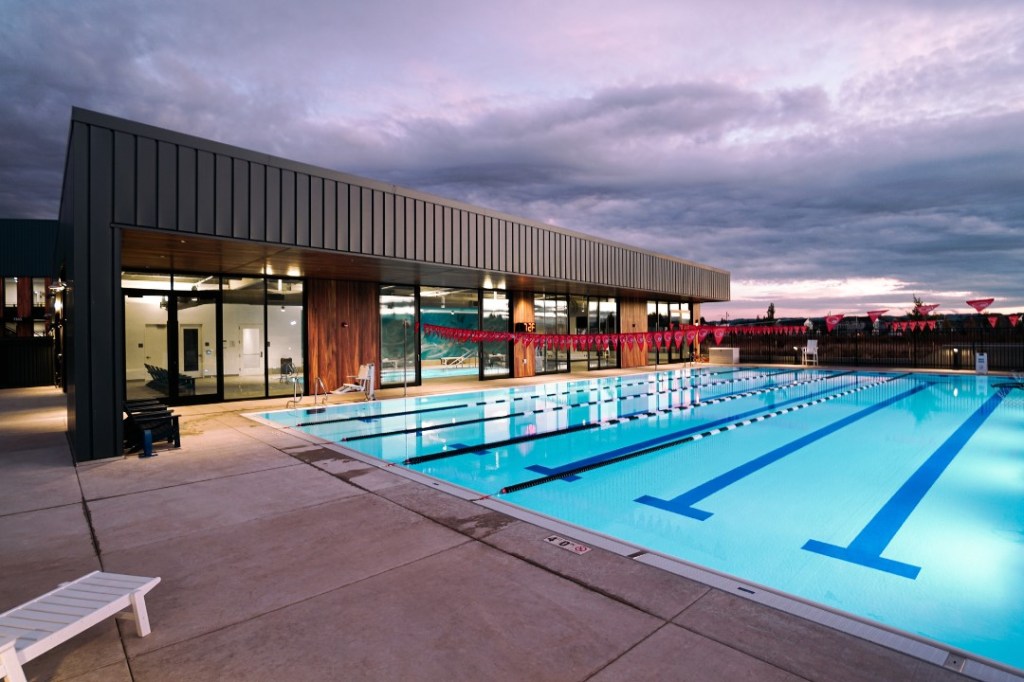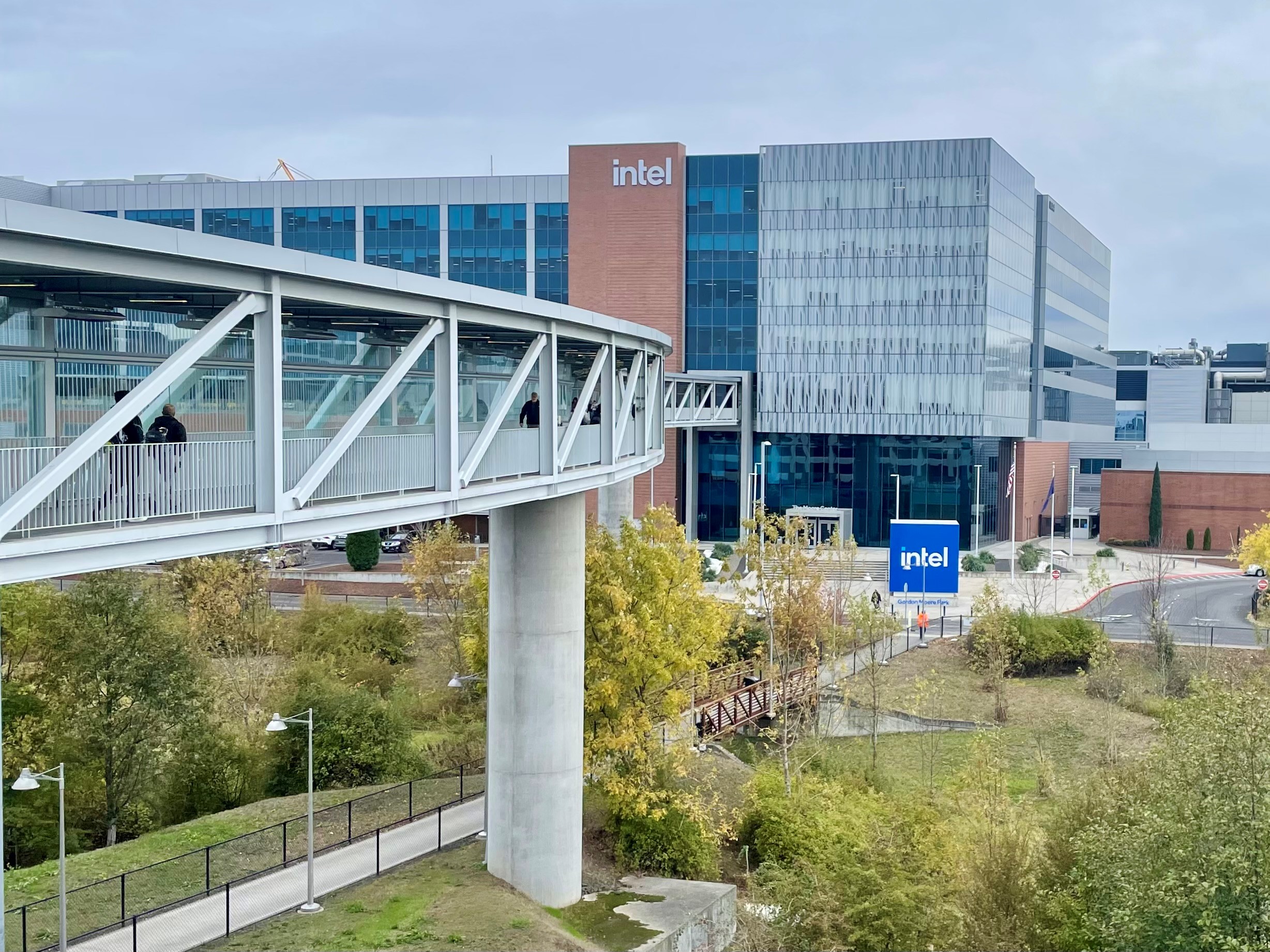Hillsboro residents rally to save Reed’s Crossing fitness center from impending closure
Published 9:19 am Tuesday, July 15, 2025

- Active Wellness Center at Reed's Crossing will permanently close its doors Thursday, July 31. (Courtesy of Active Wellness Center at Reed's Crossing)
When Yi-Ling Yong opened an email announcing the upcoming closure of her neighborhood fitness center, she knew she had to act.
In late June, members learned that Providence Health & Services planned to shutter the 45,000-square-foot facility July 31. A partnership between Providence and Active Wellness, the South Hillsboro location sports indoor and outdoor pools, boutique fitness studios, and a wide range of cardio and strength equipment.
A member of Active Wellness Center at Reed’s Crossing since it opened in 2022, the Hillsboro resident visits the club five days a week — sometimes more than once a day. Like many others, she regularly goes for a swim at the center and attends fitness classes to stay active.
Trending
Unwilling to let the facility go without a fight, Yong launched a petition to halt the closure. The effort has since gathered more than 600 signatures from members who see the space as not just a gym, but a vital part of their health, community and daily routine.
“I just started by talking to the members I encountered here, and everyone resonated with me — they were shocked and upset about Providence’s decision,” Yong said. “Instead of sending individual emails to Providence or the city of Hillsboro, I thought we should try to gather as many voices as possible.”
A fight for a facility
According to an online statement from the center, Providence intends to convert the space for its sports medicine and physical therapy programs as part of an effort to “streamline its portfolio of health services across the Oregon region.” The future of the center’s pools remains unclear.
But community members are pushing back — urging the health care provider to pause the closure and engage more directly with those who rely on the center. Many argue that the proposed replacement doesn’t serve the same function or reach the same people.
While Providence’s plan focuses on specialized care, residents say those programs are far less accessible. Unlike group classes, open swim or drop-in fitness, clinical services are typically tied to higher costs. Critics also point out that these services are designed to treat individuals after injury — not the broader community striving to stay well in the first place.
Providence says the decision was not made lightly. In a statement, the health care provider cited growing financial and workforce pressures — intensified by federal funding cuts — as the driving force behind the closure.
Trending
“We must maximize our limited resources and thoughtfully examine every aspect of our business in Oregon,” Providence said.
Last month, the health care provider showed further signs of strain, announcing plans to lay off 134 employees across Oregon.
“Closing the Active Wellness Center allows us to take an underutilized, high-cost resource that was losing $2 million a year and repurpose it to provide physical therapy, occupational therapy and speech therapy for some 4,000 people annually,” Providence said. “These are clinical services — and caregiver jobs — that would have otherwise gone away without this change.”
Contradicting a community
Touted as one of Oregon’s largest master-planned communities, Reed’s Crossing has been in the works for more than a decade. Once complete, the South Hillsboro neighborhood is expected to boast roughly 4,000 homes and as many as 20,000 residents.
From the outset, city officials envisioned a walkable, connected community — where everyday amenities would be accessible without relying on a car. That vision, according to former Hillsboro Mayor Tom Hughes, was central to city council approving the development.
“As we brought this land into the city limits, one of the principles around that design was compatibility,” Hughes said. “The idea was we were going to put a bunch of people in here, and if they didn’t have services available within walking distance, they were all going to have to get in their cars and pile out on the TV Highway.”
The fitness center was intended to be one of those foundational services. And for many residents, particularly older adults, its location has been critical to maintaining their health and independence.
A loss felt next door
John Sager, a resident at The Ackerly at Reed’s Crossing retirement community next door, said the wellness center was even used as a selling point when he moved in, with the first 60 residents offered complimentary two-year memberships.
“That was a major factor in our decision to move in, and I contend that it still is a major factor for people who are considering moving in,” Sager said. “I’ve used it ever since I’ve been here … I think it’s great, and I think it’s a tremendous benefit for people living here because of the easy access.”
The proximity has also made a meaningful difference for seniors who may no longer drive or face mobility challenges, according to Autumn Grimm, who oversees The Ackerly’s fitness program.
“A lot of (the residents) don’t drive or have some sort of disability … and it’s hard for them to get to where they need to go,” she said. “So having this in the same parking lot — especially the pool, where sometimes that’s the only exercise they can do — is a huge benefit. And if they take that away, then they literally can’t do anything unless they can get a ride to a gym somewhere.”
Although Providence has offered members the option to transfer to the Hawthorn Farm Athletic Club — waiving enrollment fees and monthly dues through the end of August — the facility is still about a 15-minute drive away. Residents say the distance not only undermines the walkable principles of Reed’s Crossing but creates a new barrier for those without reliable transportation.
Despite public outcry, Providence has not indicated any plans to reverse course on the closure. However, the nonprofit said it is actively seeking a partner who could manage and operate the center’s pools — potentially preserving at least one piece of what many residents consider the heart of their community.







